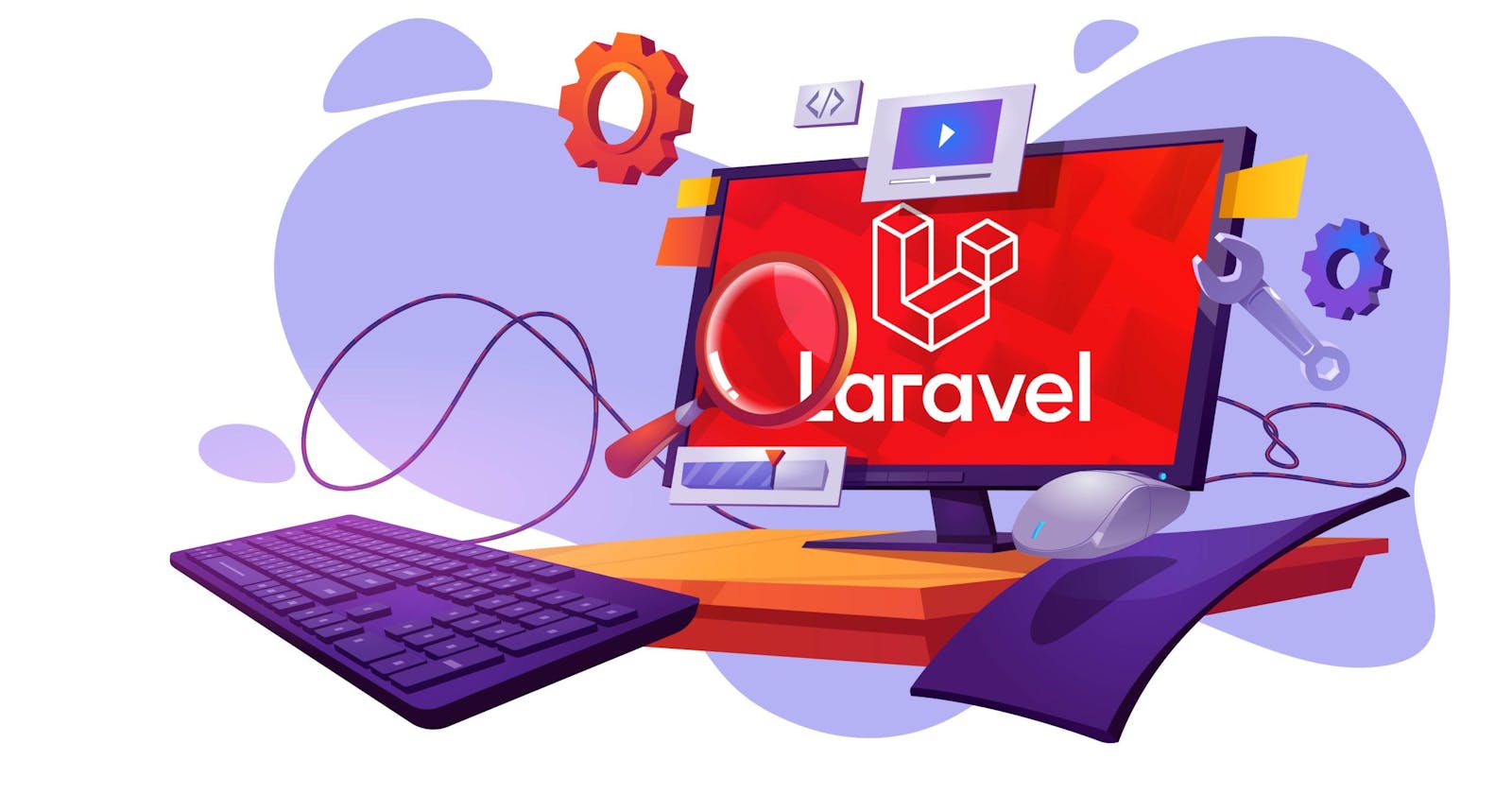Introduction
Laravel, an elegant PHP framework, has gained immense popularity among developers for its simplicity, expressive syntax, and powerful features. Whether you're a seasoned developer or just starting your coding journey, understanding the core concepts of Laravel is essential for building robust and scalable web applications. In this episode, we'll explore the fundamental components of Laravel, including routing, views, models, controllers, migrations, and database interactions. Let's dive in!
Routing
Routing plays a crucial role in Laravel as it defines how your application responds to different HTTP requests. Laravel's routing system allows you to easily define routes using expressive syntax. We'll cover basic route definitions, route parameters, named routes, route groups, and resourceful routing.
Views
Views are responsible for rendering the user interface of your application. Laravel's powerful templating engine, called Blade, allows you to create dynamic and reusable views. We'll explore how to structure views, use Blade directives, pass data to views, and leverage template inheritance for consistent layouts.
Models
Models represent the data entities of your application and provide an interface to interact with the underlying database. Laravel's Eloquent ORM simplifies database operations by providing an intuitive Active Record implementation. We'll cover creating models, defining relationships, performing CRUD operations, and utilizing Eloquent's query builder.
Controllers
Controllers handle the logic behind different HTTP requests and serve as a bridge between routes and models. Laravel's controller structure promotes separation of concerns and improves code organization. We'll discuss creating controllers, defining actions, handling form submissions, and using middleware for request processing.
Migrations
Database schema changes are inevitable during the development lifecycle. Laravel's migration system enables you to manage database structure changes in a structured and version-controlled manner. We'll explore creating and running migrations, modifying tables, and rolling back migrations.
Database Interactions
Laravel provides a clean and expressive syntax for interacting with databases. We'll dive into querying the database using the Query Builder and performing advanced database operations like joins, aggregations, and transactions. We'll also touch upon Laravel's caching mechanisms to optimize database interactions.
Conclusion
Understanding the core concepts of Laravel is crucial for building efficient and maintainable web applications. In this series, we explored the fundamentals of Laravel, including routing, views, models, controllers, migrations, and database interactions. Armed with this knowledge, you're now ready to embark on your Laravel journey and leverage its powerful features to build elegant and scalable applications.
Remember, Laravel's documentation and vibrant community are valuable resources for further exploration.
Note: This blog post provides an overview of the core concepts of Laravel. Each concept deserves more in-depth exploration, and it's recommended to refer to the official Laravel documentation for comprehensive understanding.
That's it for this episode! In our next installment, we'll be "Building a Basic CRUD Application: Walking through the process of creating a simple CRUD (Create, Read, Update, Delete) application using Laravel."
If you found this series helpful and want to support our series, there are a few things you can do:
Share the knowledge: Spread the word about this tutorial series to your friends, colleagues, or anyone who might be interested in learning Laravel. The more people we can reach, the more we can help aspiring developers.
Engage with us: Leave comments on our blog posts or YouTube videos, asking questions or providing feedback. Your engagement helps us understand your needs better and deliver content that addresses your concerns.
Donate: If you find value in our tutorials and would like to contribute financially, you can consider making a donation. Your support allows me to continue producing quality content and improving the learning experience for our audience.
Subscribe and follow: Subscribe to our blog or YouTube channel I plan on also doing video content soon. Also follow me on social media to stay updated with the latest episodes, tutorials, and announcements. By staying connected, you'll never miss an opportunity to enhance your Laravel skills.
Thank you for being a part of my Laravel series. Your support and engagement mean the world to me. Together, let's make the journey of learning Laravel an exciting and fulfilling experience. See you in our next episode.
Happy coding!
